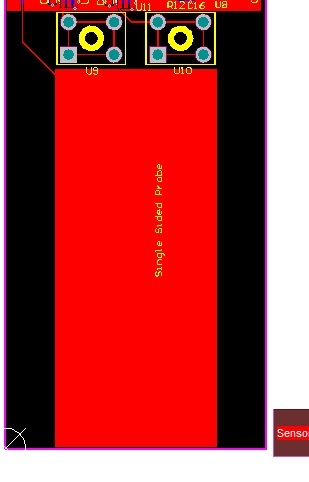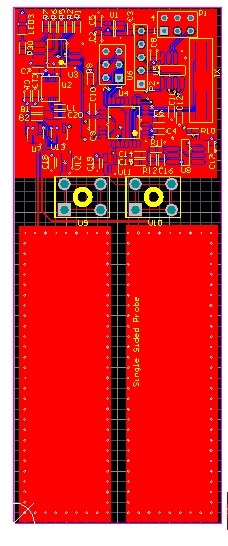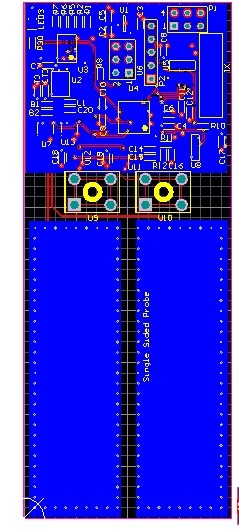Other Parts Discussed in Thread: SN74LVC1G66, LDC2114, FDC2114, LDC1314, FDC2214
Hi All
I would like to know if I could adapt the fdc2112 into our sensing design to replace current capacitance sensing so that we get further accuracy and stability.
We used various substrates such as soil that will be mixed with water, we would like to determine the preposition of fluid as %. Ideally this would not represent the whole substrate but area or region the PCB electrode.
Would it be possible to use fdc2112 or another device, to determine the capacitance as the preposition of fluid mixed with the substrate increasing? If so then we can preform various test to determine capacitance against percentage.
The aim is not to measure liquid level, as you would in tank but the preposition mixed.
If I am correct using the principles of Fringe capacitance will be required?
An additional criteria is the capacitance field needs to be beyond 0.5-1cm, so that when PCB is placed in an enclosure it would still be functional and does not require either the substrate or any fluid to have direct contact with the PCB. Would this be possible?
If I am correct the capacitance field in terms of distance is determined by embedded PCB electrode size, but this will also be restricted as it will affect the capacitance, would you be able to advice on the size or pattern?






